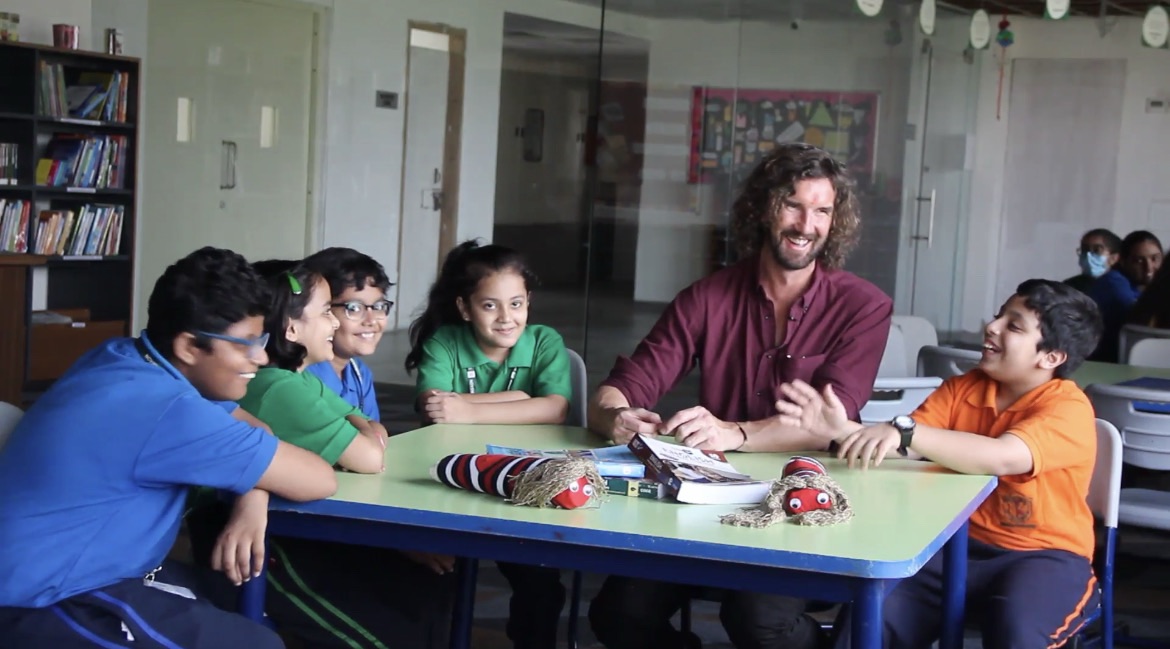Emotional intelligence is the ability to recognize, understand, and manage our own emotions, as well as the emotions of others. It is a crucial aspect of personal and professional development and can play a major role in shaping a student’s future.

As a teacher, you have the opportunity to instill these skills in your students and help them develop into well-rounded, empathetic individuals. Here are ten ways you can incorporate emotional intelligence in your classroom:
- Encourage self-reflection – “The first step in developing emotional intelligence is self-awareness.” (Daniel Goleman, author of ‘Emotional Intelligence’). Encourage students to take a few minutes each day to reflect on their feelings and emotions. This can help them identify patterns in their behavior and develop a deeper understanding of themselves.
- Foster an empathetic environment – “Empathy is at the heart of emotional intelligence.” (Salovey and Mayer, psychologists who first defined emotional intelligence). Create an environment in which students feel comfortable expressing their emotions and support one another in understanding each other’s feelings.
- Teach active listening skills – “Active listening is a powerful tool in building emotional intelligence.” (Goleman). Encourage students to engage in active listening, by paying attention to what their peers are saying and responding in a respectful and supportive manner.
- Model emotional intelligence – “Lead by example.” (Goleman). Your behavior sets the tone for your students, so model the emotional intelligence skills you want to see in your students.
- Encourage positive communication – “Effective communication is key to building emotional intelligence.” (Goleman). Teach students how to communicate their feelings and needs in a clear, assertive, and respectful manner.
- Incorporate role-playing exercises – “Role-playing is a great way to develop empathy and emotional intelligence.” (Goleman). Encourage students to step into different perspectives and practice empathy through role-playing exercises.
- Promote mindfulness – “Mindfulness is a powerful tool in developing emotional intelligence.” (Goleman). Teach students the importance of mindfulness and how to incorporate it into their daily lives.
- Use stories and literature – “Stories and literature can help students develop emotional intelligence.” (Goleman). Use books and stories to help students understand and relate to different emotions.
- Create opportunities for teamwork – “Working together on projects and tasks can help students develop emotional intelligence.” (Goleman). Encourage students to work together on projects, and provide opportunities for them to collaborate and support one another.
- Celebrate emotional intelligence – “Celebrate the small wins and recognize the efforts of students in developing their emotional intelligence.” (Goleman). Celebrate the successes of your students and encourage them to continue to develop their emotional intelligence skills.
In summary, incorporating emotional intelligence in the classroom can have a profound impact on your students’ personal and professional lives. By following these ten simple steps, you can help your students develop into well-rounded, empathetic individuals who are better equipped to navigate the challenges of life.
Download your A to Z guide-booklet here – https://drive.google.com/file/d/1G-P2K2yhJ9_Yo2ViwAwQxbtmsc4Y_T-i/view?usp=drivesdk









One Response
We all need to learn these skills. Great work